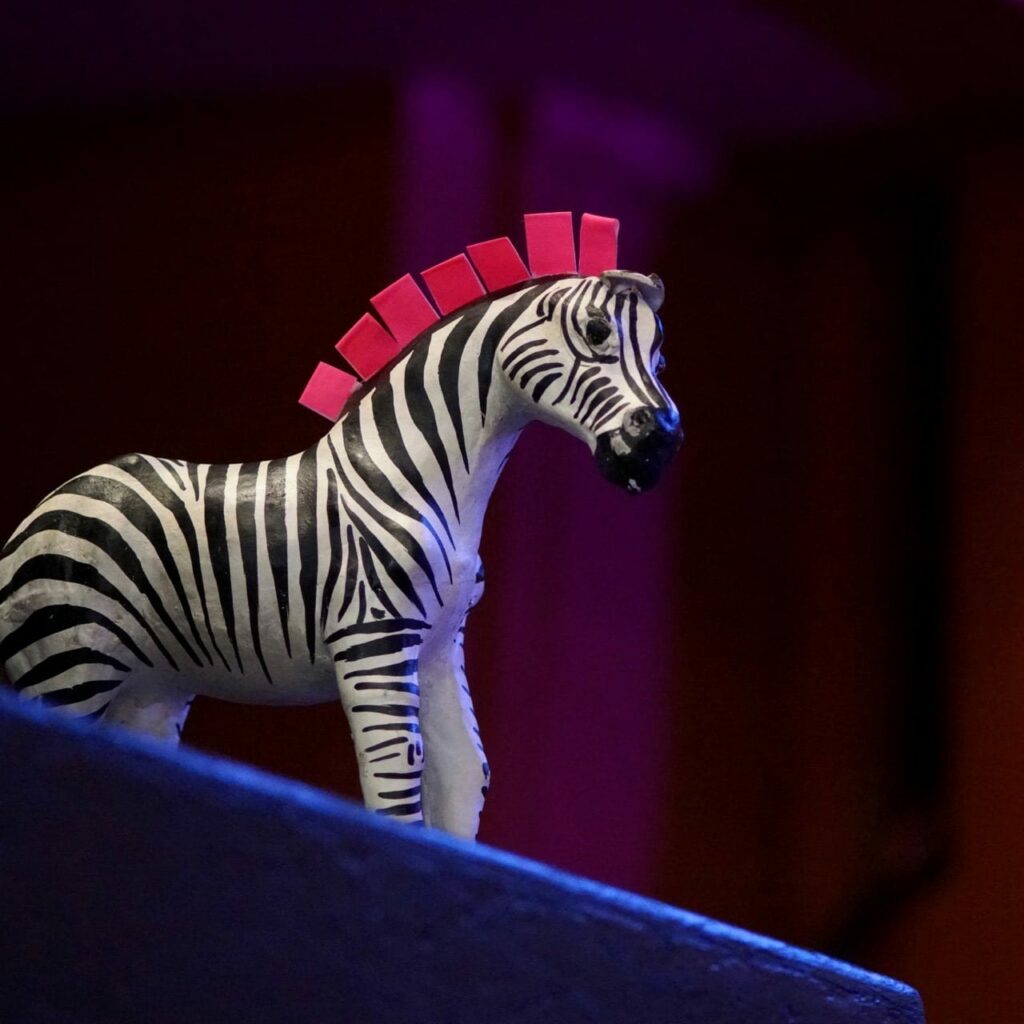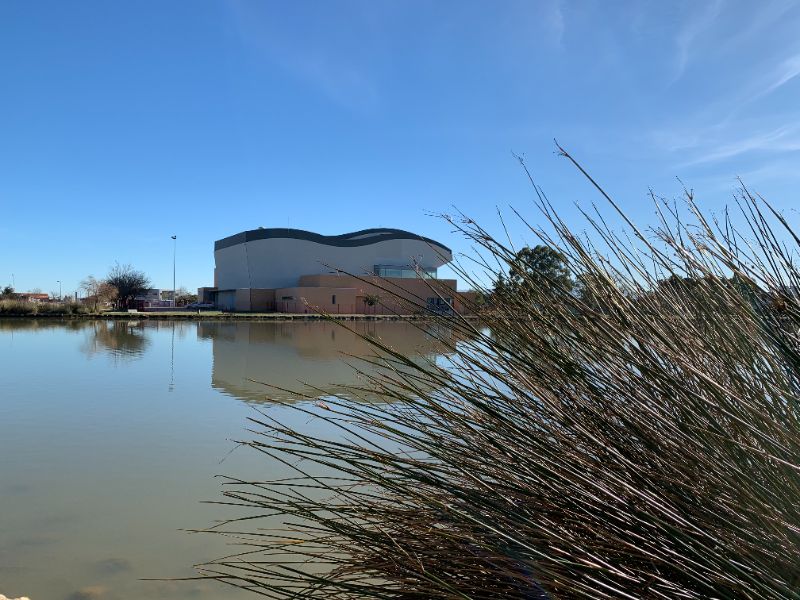The show must go on – No rest for culture vultures
By Henry Shaftoe
Just when you thought you could put your feet up, after a relentless season of summer festivals and concerts, tantalising brochures plop into your letterbox, promising music, theatre, dance and other cultural treats, throughout the Pyrénées Orientales this autumn and winter.
My pick of the programmes are the autumn season at the Théatre de L’Archipel and the Jazzèbre Festival.
First up : the team at Jazzebre are promising an action-packed series of concerts between 14 September and 13 October ; this last date being a shared event with Perpignan’s Archipel, featuring Malian superstar Fatoumata Diawara. Apart from having an amazing hairstyle, she has just finished an album in collaboration with London’s very own Damon Albarn (of ‘Pulp’ fame). Expect afro-pop of the highest quality.

If you do not fancy heading in to the big city at night, the Archipel also hosts « Concerts sandwich » at mid-day, where you bring your own bacon buttie, while top-quality chamber music is performed before your very ears. These concerts sell out quickly, so book well in advance !

As For the Jazzebre festival, expect concerts of the highest musical standard, but resolutely contemporary in style. So no Acker Bilk tribute bands here! To get a taster of what’s in the Jazzebre programme, head along to the Casa Musicale in Perpignan at 7pm on 19 September, when there will be a presentation of the Festival programme, followed by a free glass of wine and a concert by « l‘Arbre Rouge », who mix jazz with classical chamber music.

And it is not just Perpignan that has cultural treats to offer – for example you can enjoy a varied musical programme in the magnificent raked auditorium of the Salle de l’Union in Ceret and a Blues festival (3 – 5 October) in the Theatre de l’Etang, St Estève, among other local venues.

So give the telly a rest from time to time and head out for some real live action.
